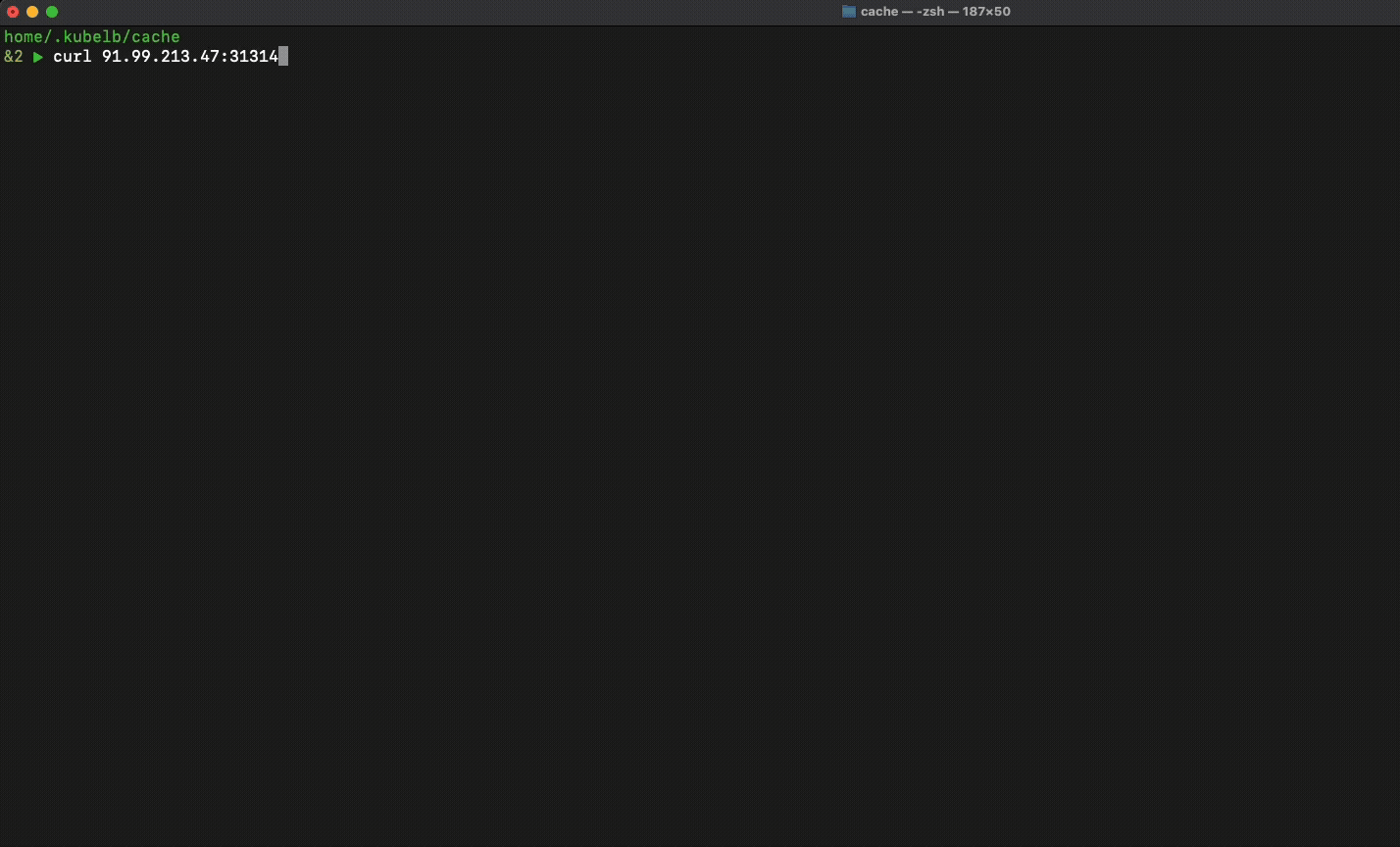KubeLB CLI can be used to quickly provision Load Balancers that can be public/private based on your load balancing configurations and needs. KubeLB then takes care of securing your endpoint with TLS certificates, automatically creating DNS records, and managing the load balancing configurations.
Pre-requisites
Please refer to the DNS documentation to configure the Gateway or Ingress to manage DNS for the load balancer.
Create a Load Balancer
To create a load balancer, you can use the kubelb loadbalancer create command.
For example
kubelb loadbalancer create my-app --endpoints 10.0.1.1:8080,10.0.1.2:8080 --hostname my-app.example.com
This will create a Load Balancer resource that will forward traffic to the endpoints 10.0.1.1:8080 and 10.0.1.2:8080 and will be accessible at https://my-app.example.com.
Specifying hostname is optional and if not provided, KubeLB will generate a random hostname for you if the wildcard domain is enabled for the tenant or globally.

Further actions
Further actions include:
- Updating the load balancer configuration
- Deleting the load balancer
- Getting the load balancer details
- Listing all the load balancers